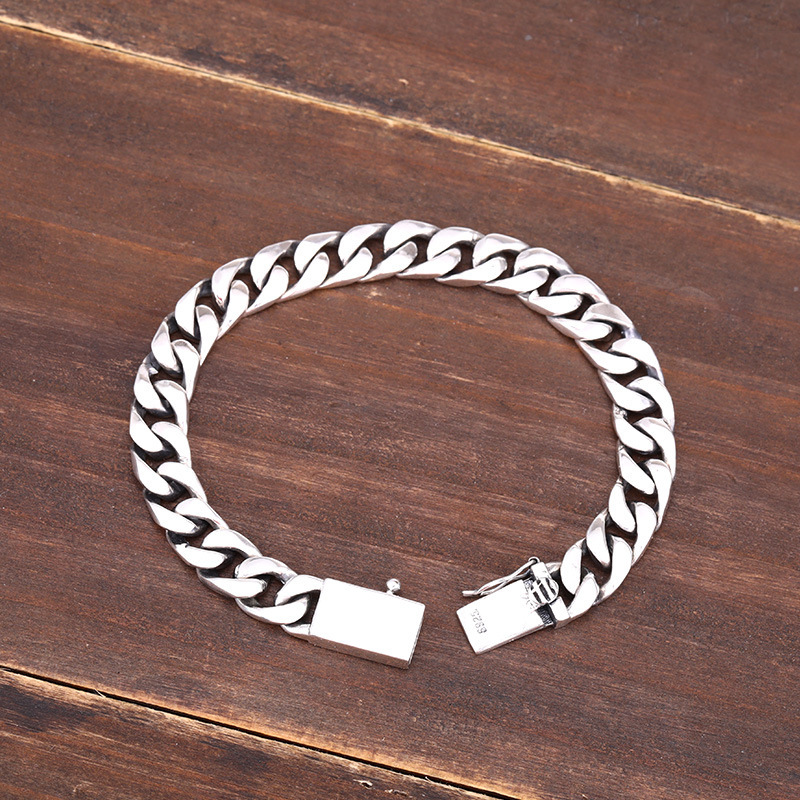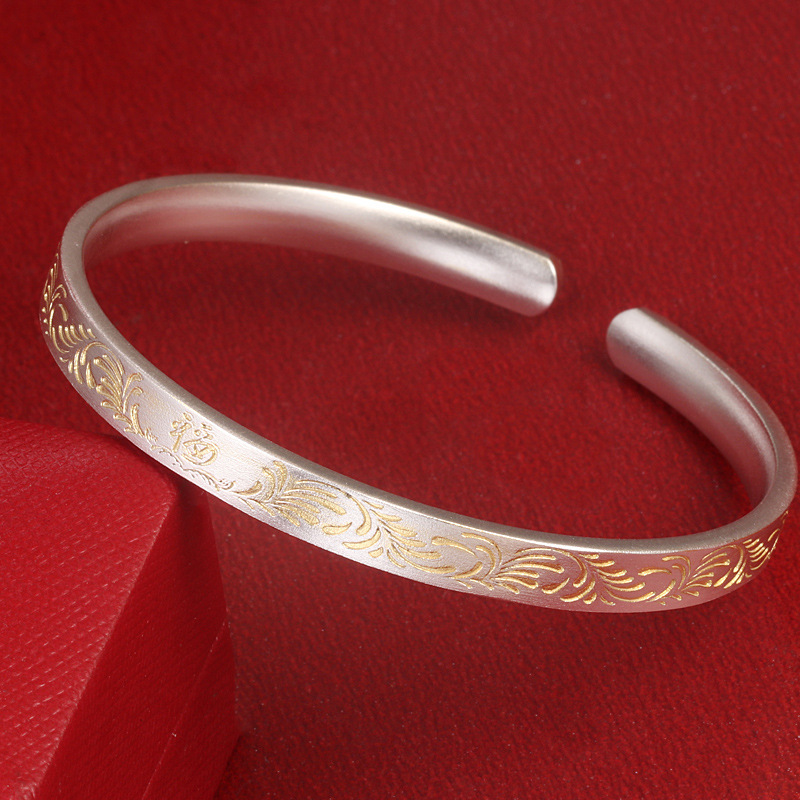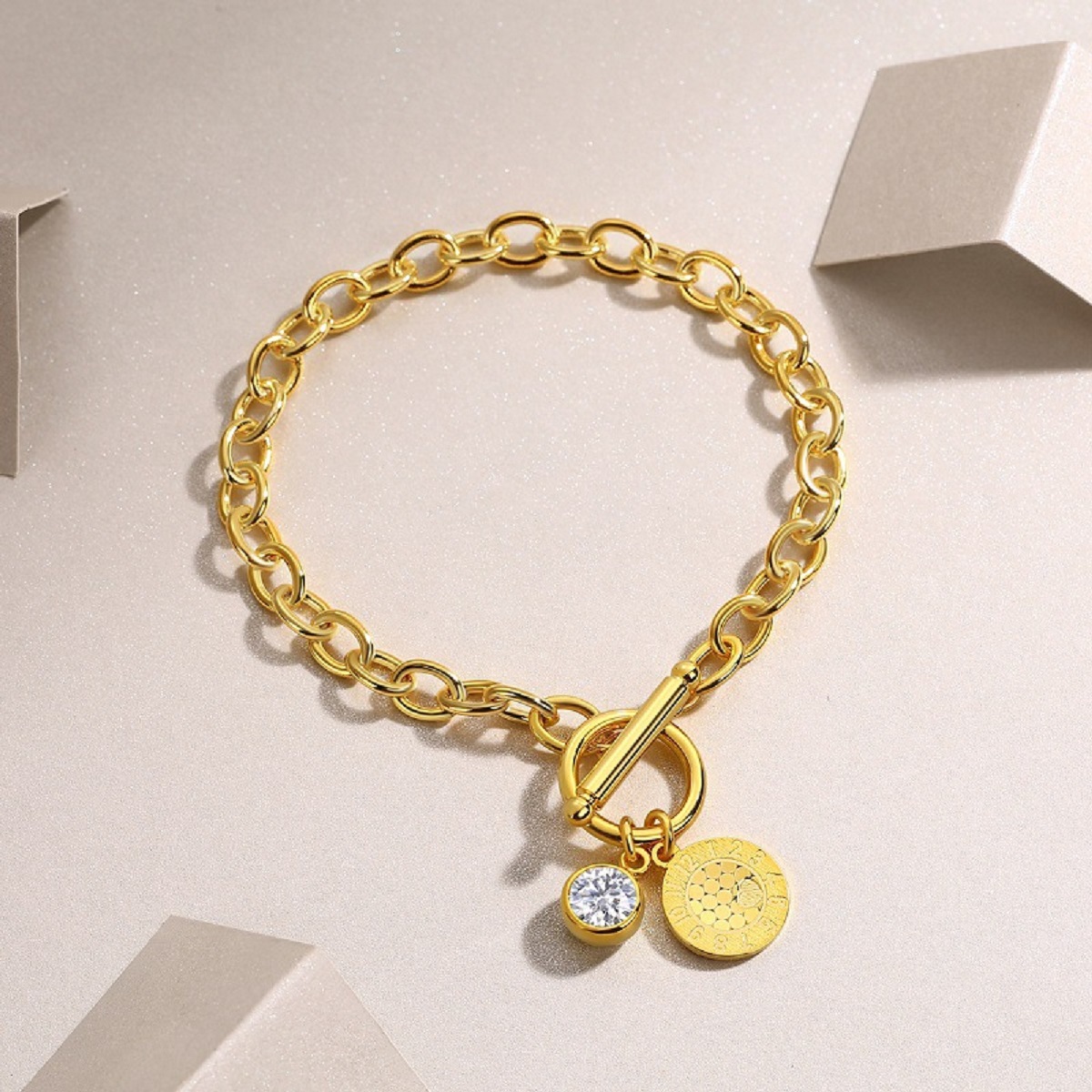How Often Does Silver Need to Be Polished? A Comprehensive Guide
How Often Does Silver Need to Be Polished? A Comprehensive Guide
Blog Article
Silver jewelry, renowned for its timeless elegance and luster, has long been a staple in collections worldwide. However, its susceptibility to tarnishing often leaves enthusiasts wondering: how often does silver need to be polished? The frequency of polishing depends on a multitude of factors, from the material’s chemical properties to your lifestyle and the environment in which you wear it. In this detailed guide, we’ll explore the science behind silver tarnishing and provide practical advice to help you maintain your silver pieces’ brilliance.
Understanding the Science of Silver Tarnishing
Before delving into polishing frequencies, it’s crucial to understand why silver tarnishes. Pure silver (99.9% silver) is relatively stable, but the majority of silver jewelry, including sterling silver (92.5% silver, 7.5% other metals, usually copper), reacts with sulfur compounds in the air, humidity, and even certain substances on our skin. This chemical reaction forms a layer of silver sulfide on the surface, causing the characteristic darkening or discoloration known as tarnish.
Factors like exposure to pollutants (such as sulfur dioxide in industrial areas), high - humidity environments, and contact with substances like perfume, hairspray, chlorine, or even the natural oils in our skin can accelerate this process. For example, wearing silver jewelry while swimming in a chlorinated pool or spraying perfume directly onto your silver necklace can lead to faster tarnishing.
Lifestyle and Usage: Key Determinants of Polishing Frequency
Daily Wearers
If you wear your silver jewelry daily, especially in environments with high humidity or pollution, you may notice tarnish forming more quickly. In such cases, a gentle wipe - down with a soft, lint - free cloth after each use can help remove surface dirt and oils, preventing them from contributing to tarnish buildup. Aim to give your silver pieces a more thorough polish using a specialized silver - polishing cloth or solution every 1 - 2 months to restore their shine. For instance, a sterling silver ring that’s constantly in contact with your hands and the elements will benefit from regular maintenance.
Occasional Wearers
For those who reserve their silver jewelry for special occasions, tarnishing occurs at a slower pace. Since the pieces are exposed to fewer environmental factors, you can typically polish them every 3 - 6 months, depending on how they look and feel. If you notice a slight dullness or discoloration, it’s time for a polish. For example, a pair of silver chandelier earrings worn only at formal events may require less frequent maintenance compared to everyday - wear pieces.
Storage Practices
Proper storage plays a significant role in reducing the need for frequent polishing. Storing silver jewelry in airtight containers, preferably lined with anti - tarnish fabric or accompanied by anti - tarnish strips, can significantly slow down the tarnishing process. These strips contain chemicals that absorb sulfur compounds in the air, protecting your silver from oxidation. When stored correctly, you may find that you only need to polish your silver items once every 6 - 12 months, even if they’re high - quality pieces prone to tarnishing.
Types of Silver and Their Polishing Needs
Sterling Silver
As the most common type of silver used in jewelry, sterling silver is more prone to tarnishing due to its alloy composition. The copper content in sterling silver reacts more readily with sulfur, leading to faster discoloration. Regular cleaning and polishing are essential to maintain its shine. Depending on usage, as mentioned above, sterling silver jewelry may require polishing anywhere from monthly to semi - annually.
Fine Silver
Fine silver, which is 99.9% pure silver, tarnishes at a much slower rate compared to sterling silver. Its higher purity means it has fewer reactive components. However, it’s still susceptible to tarnish over time, especially in unfavorable environments. Fine silver pieces may only need polishing every 6 - 12 months, or even less frequently if stored properly.
Silver - Plated Jewelry
Silver - plated items have a thin layer of silver over a base metal, such as copper or brass. These pieces tarnish more quickly than solid silver because the base metal can react with the environment, and the silver layer can wear off over time, exposing the underlying metal. Silver - plated jewelry often requires more frequent cleaning, sometimes as often as every few weeks, and may need to be replated periodically to maintain its appearance.
Signs That Your Silver Needs Polishing
Rather than strictly adhering to a time - based schedule, pay attention to visual and tactile cues that indicate your silver needs polishing:
- Discoloration: The most obvious sign is a darkening or yellowing of the silver surface. This can range from a subtle dullness to a noticeable blackish or brownish tint.
- Loss of Shine: If your silver piece no longer reflects light as brightly as it once did, it’s likely due to a buildup of tarnish.
- Rough Texture: A rough or gritty feel when you run your finger over the surface can indicate the presence of tarnish particles.

Choosing the Right Polishing Method
When it’s time to polish your silver, the method you choose depends on the severity of the tarnish and the type of silver jewelry:
- Silver - Polishing Cloths: These pre - treated, lint - free cloths are ideal for light tarnish and regular maintenance. They gently buff away surface discoloration without scratching the silver. Rub the cloth in a circular motion over the jewelry, focusing on areas with tarnish.
- Silver - Cleaning Solutions: For more stubborn tarnish, specialized silver - cleaning solutions can be effective. Soak the jewelry in the solution according to the manufacturer’s instructions, then rinse thoroughly with water and dry with a soft cloth. However, be cautious with these solutions, as some may contain harsh chemicals that can damage delicate gemstones or intricate designs.
- Professional Cleaning: For high - value or antique silver pieces, or those with complex designs, it’s best to seek professional jewelry cleaning services. Jewelers have the expertise and tools to clean and polish silver without causing damage, ensuring the piece’s integrity and value are preserved.
In conclusion, the frequency of polishing your silver jewelry is a highly individualized decision, influenced by factors such as your lifestyle, storage habits, the type of silver, and the extent of tarnish. By understanding the science behind tarnishing and following these practical tips, you can keep your silver pieces looking their best, ensuring they continue to shine for years to come. Whether you’re a daily wearer or an occasional jewelry enthusiast, a little care and attention can go a long way in maintaining the timeless beauty of your silver collection.
Report this page

